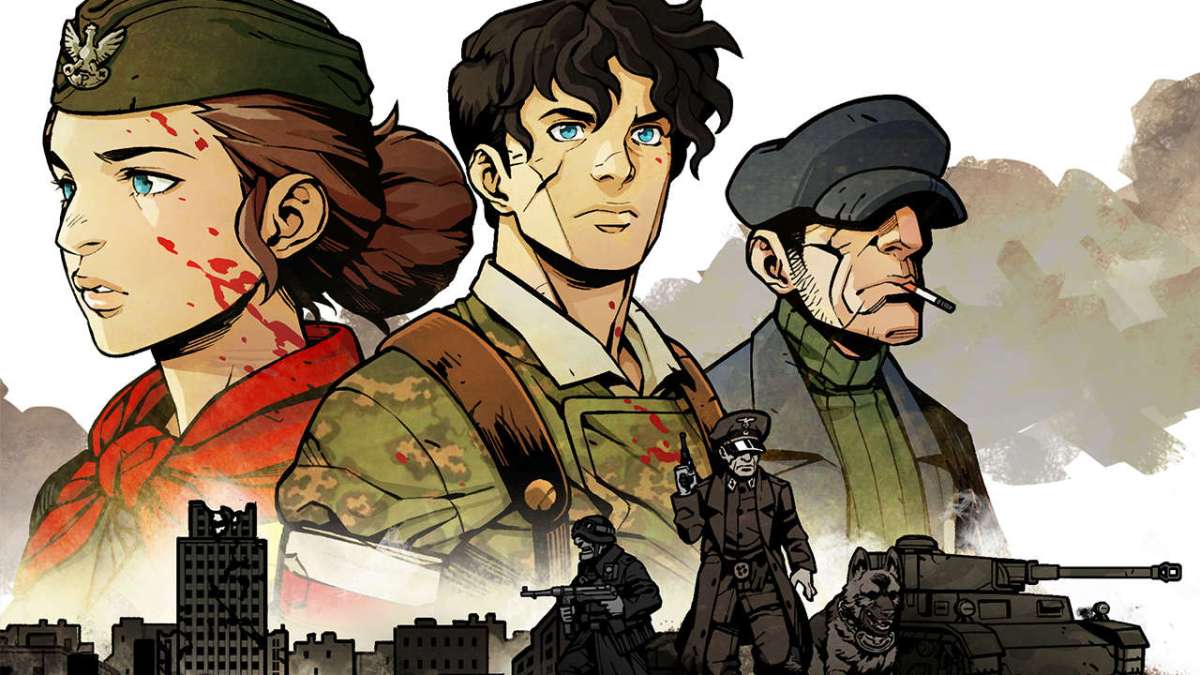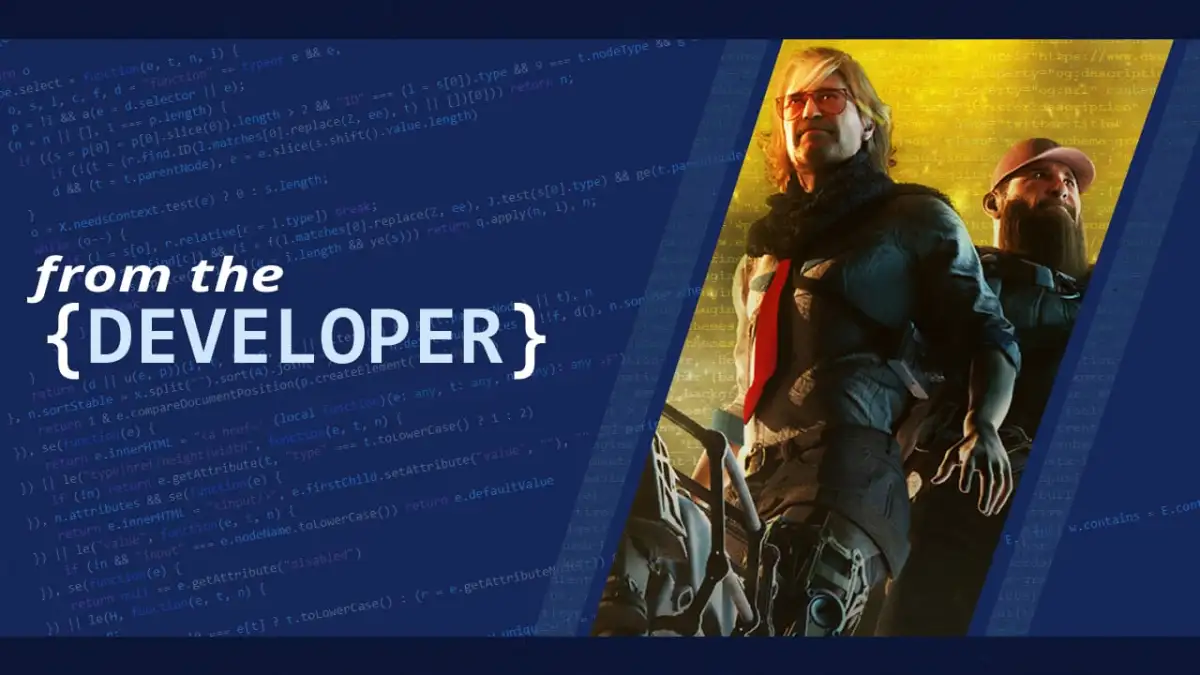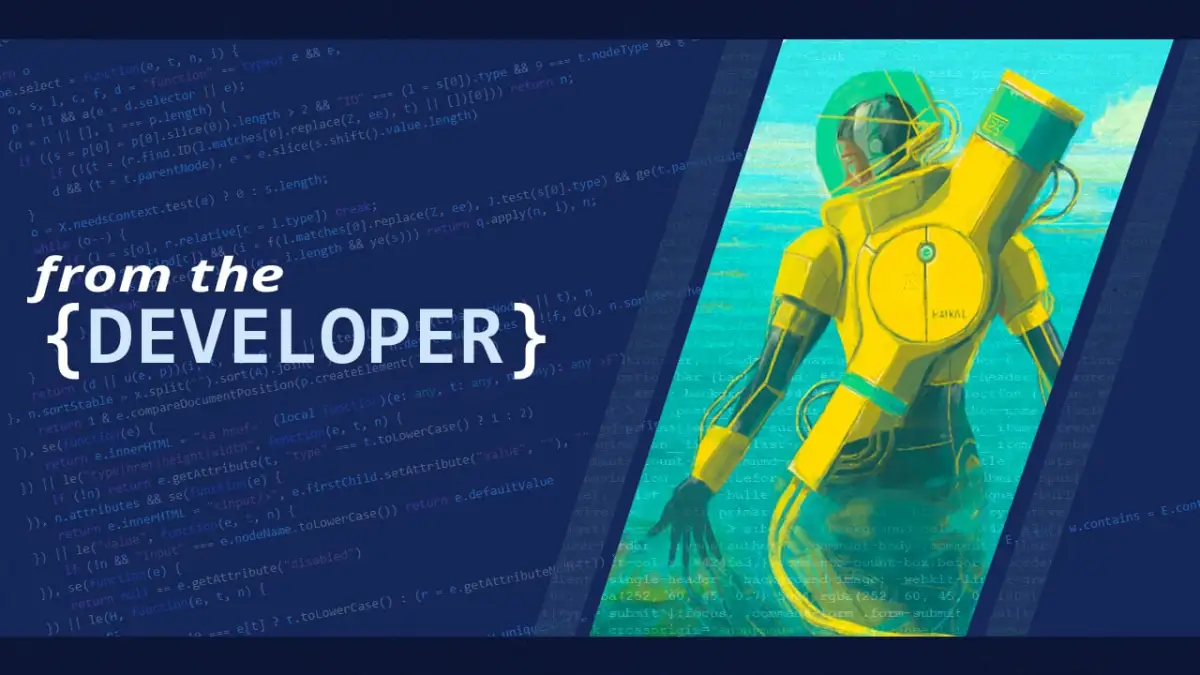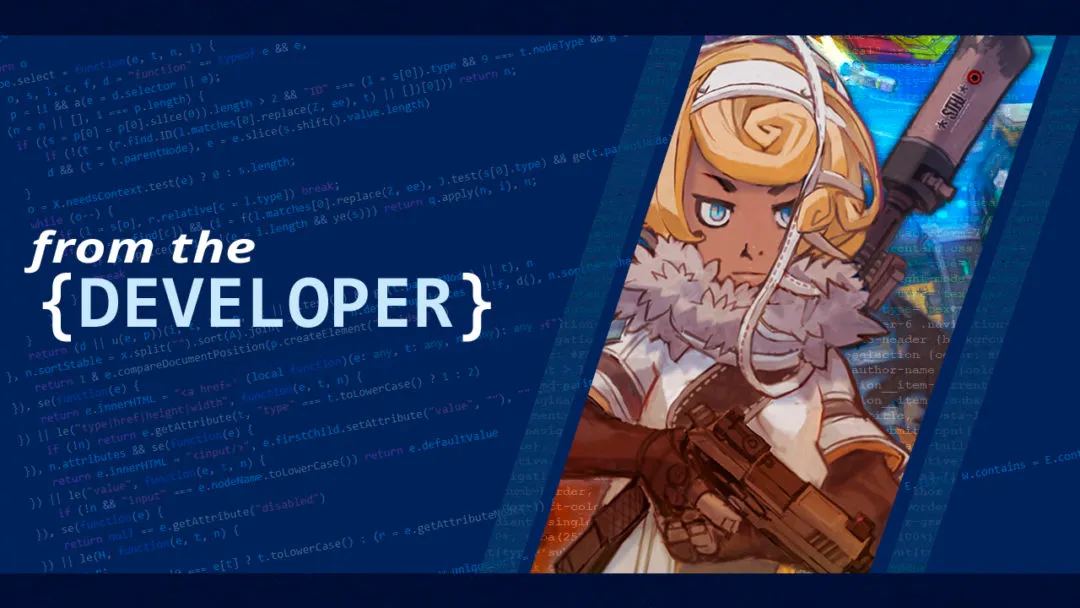In Poland, World War II is a specter that has never been truly laid to rest, casting its ever-pervasive shadow on the nation’s sociopolitical landscape to this day. Almost 75 years later, in some ways the war rages on as if it never ended despite several generation shifts. Our history in the war continues to elicit passionate reactions among Poles from all walks of life. One event rules the collective Polish experience of WW2: the Warsaw Uprising.
When our studio began working on our game Warsaw, there wasn’t really a consensus — perhaps appropriately — on what the game should play like. While the game took a while to coalesce into one specific shape, we were always committed to a specific tone. Though one may dismiss it as unfair stereotyping, it could be said that there is a strong undercurrent of pathos in Polish media when it comes to depicting WW2, and doubly so for the Uprising. Such an approach often gets conflated with realism. While it’s true that a darkly realistic framework helps to better capture the human tragedy of war, it can also exhaust people. We felt that we had to inject fresh energy into our depiction of the war if it was going to connect with people.
Warsaw‘s aesthetic style was chosen with two basic bullet points in mind: it’s a way to stand out from the glut of WW2 games while offering a fresher, more unique voice from wearying, familiar war narratives. We felt that a bloody, harrowing story based on a real historical event can be further elevated by adopting an unusual yet attractive style, one that is well-suited for historical preservation and emotional allegory alike. On a more practical level, there is also the matter of the game functioning well in its medium. Every video game has to be visually comprehensible, to be “readable” across many different screens and devices. Warsaw does not aim to distort history, but unless your game is some kind of a hardcore sim, it will inevitably present a somewhat simplified vision of our reality. However, this does not mean that a comic-like aesthetic is inherently less powerful or true in what it is attempting to convey. Perhaps the most triumphant proof of that would be Art Spiegelman’s Maus, a comic book about the Holocaust starring talking animals. Its impact is never compromised by its visual metaphors.
Naturally, we suspected that the game’s art style might end up being a polarizing choice. Time and time again, valid questions regarding possible disrespect have been raised: is the game too much? Is it ahistorical? Is it making light of an objectively horrible period of history? We do not think so. As Jon Hare once observed in the manual to his classic action game Cannon Fodder, a cartoonish facade does little to hide the fact that war is “a senseless waste of human resources and lives.” World War II was more than just speeches and heroic sacrifices — it was a time of fear and failure, the death of countless human stories, struggles and loves, a horrifying cautionary tale for future generations which often gets forgotten for the sake of forging convenient myths. If anything, we had hoped that the unusual choice of aesthetics would help shine a spotlight on that. War is a microcosm of humanity at its best and its worst, where nothing is left unscarred. Despite all appearances, both Spiegelman’s and Hare’s allegedly silly works understood that better than many newer “serious” productions.






Published: May 10, 2019 04:00 pm